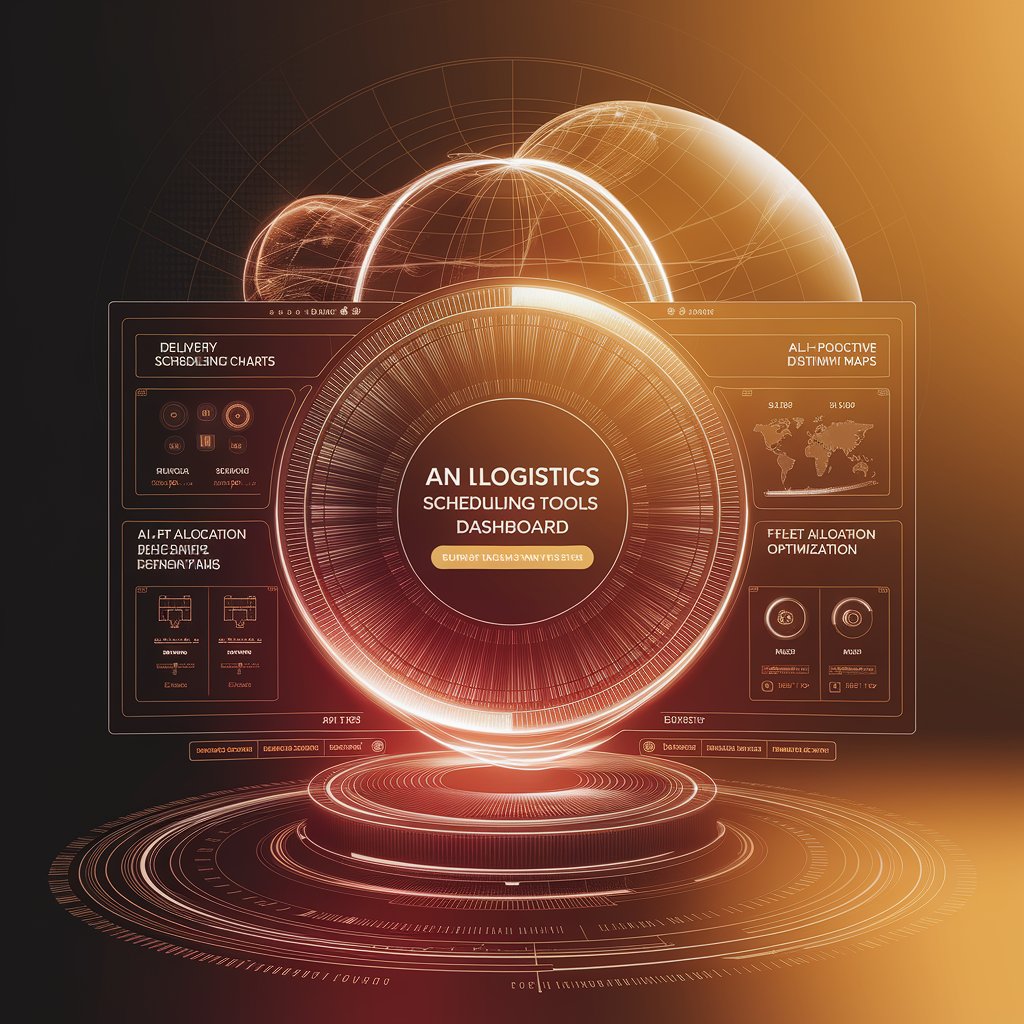How AI Logistics Scheduling Tools Transform Supply Chain Operations with Linbis

Introduction
That’s why more companies are adopting AI logistics scheduling tools—intelligent systems that automate planning, optimize time windows, and dynamically adjust to real-world conditions. Linbis combines artificial intelligence, predictive analytics, and automation to deliver next-level scheduling accuracy and operational efficiency.
Step 1: Centralize Scheduling Data
Linbis integrates all essential logistics data into one smart environment:
- Fleet availability and routes → trucks, drivers, and time windows.
- Shipment details → volumes, destinations, priorities, and ETAs.
- Warehouse slots → dock availability and labor capacity.
- External factors → traffic, port congestion, and weather disruptions.
This gives AI a complete operational picture for smarter scheduling decisions.
Step 2: AI-Powered Scheduling Algorithms
The Linbis AI engine analyzes the data to:
- Predict optimal delivery and pickup times.
- Assign shipments to the best-suited vehicle or carrier.
- Avoid scheduling conflicts and empty miles.
- Automatically adjust plans when delays or exceptions occur.
AI constantly learns from historical data, improving its recommendations after every cycle.

Step 3: Workflow Automation
Once optimal schedules are generated, Linbis automates the execution process:
- Dispatch orders are sent automatically to drivers or carriers.
- Calendar updates and notifications sync across teams.
- Changes to delivery windows trigger instant rescheduling.
- Delays are auto-reported, and backup routes are suggested.
This eliminates hours of manual coordination and minimizes human error.
Step 4: Real-Time Visibility Dashboards
Managers and dispatchers access all scheduling data through AI-driven dashboards featuring:
- Real-time fleet tracking and route performance.
- Predictive ETAs and delay probability maps.
- Load utilization KPIs.
- Scheduling heat maps showing available capacity.
Dashboards update live as conditions change—turning reactive logistics into predictive operations.
Step 5: Continuous Optimization
- AI learns from driver behavior, route performance, and external disruptions.
- Improves scheduling precision every cycle.
- Reduces idle time, late deliveries, and excess mileage.
- Adapts dynamically to growth and seasonal demand changes.

Advanced Features
- Multi-modal scheduling → supports air, ocean, and ground transport.
- Labor synchronization → aligns workforce and equipment availability.
- Dynamic slot booking → auto-reschedules warehouse appointments.
- Integration-ready → syncs with TMS, CRM, ERP, and WMS systems.
Real-World Example 🚛
A 3PL company in Texas implemented AI logistics scheduling tools with Linbis. After just 3 months:
- Reduced scheduling time by 45%.
- Increased on-time delivery performance by 22%.
- Improved fleet utilization efficiency by 18%.

Benefits 📈
- Efficiency: Automates planning and reduces manual effort.
- Accuracy: AI eliminates scheduling errors and overlaps.
- Visibility: Real-time dashboards enhance decision-making.
- Flexibility: Automatically adapts to changing conditions.
- Customer Satisfaction: Consistent on-time delivery rates.
Conclusion
With AI logistics scheduling tools, Linbis turns scheduling chaos into a streamlined, data-driven process. AI automation, predictive analysis, and real-time dashboards empower logistics teams to make smarter decisions—boosting performance, reducing costs, and improving reliability.
